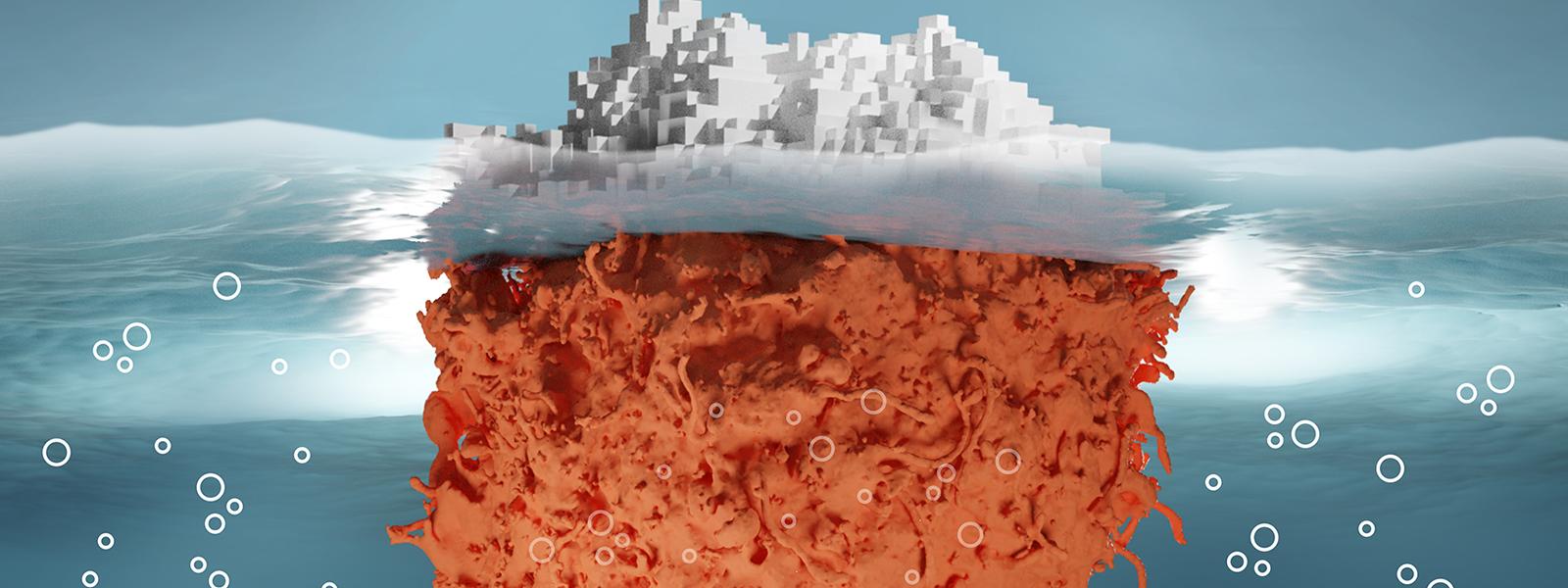
Meta tags are used on web pages. Metadata is added to photographs. Both help people find, use, and reuse these digital assets. Scientists say the same is needed for image data in biology, and urgently so.
“A single imaging data set could be a thousand images,” said Frederick National Laboratory imaging scientist Kedar Narayan. “Someone might say they don’t want the full data set of 100 gigabytes, they just want to reuse or analyze a selection of those images.”
Unless metadata is embedded at the image level, you are back to a bunch of pixels on the screen that lack any context -- and this is useless, he said.
Scientific journals require researchers to upload raw image data sets as support for the final processed images that go with a manuscript. But there is no hard-and-fast rule that microscopy images be fully annotated with standardized metadata. It should be easy to submit findings to a scientific journal, but it should also be easy to reuse the data supporting those findings, Narayan said.
Without complete metadata, it can be difficult or impossible to replicate the original experiment, much less use it to build on the findings, which is how science advances, Narayan said. Metadata can ensure the image data is findable, accessible, interoperable, and reusable (FAIR).
Narayan is one of 46 scientists who collaborated in proposing Recommended Metadata for Biological Images (REMBI), a standard for light and electron microscopy and volume electron microscopy. Their recommendation was published in the May 21 issue of the journal Nature Methods.
REMBI would give scientists vital information about image data sets, such as what instrument was used to make the images and how the image samples were prepared. The standard would be consistent with FAIR principles.
REMBI is designed to accommodate three main user groups, the researchers wrote. Life-scientists may want to repeat experiments they find in the literature. Imaging scientists who develop new technologies need to know the image-acquisition process, file formats, compression methods among other variables. Computer vision and artificial intelligence researchers need metadata to train computers in image analysis.
The research team is calling on scientific journals, grant funders, instrument manufacturers, and software developers to support metadata standards for biological images and to make it easy for scientists to implement them. REMBI guidelines offer one standard for consideration.
Media Inquiries
Mary Ellen Hackett
Manager, Communications Office
301-401-8670
